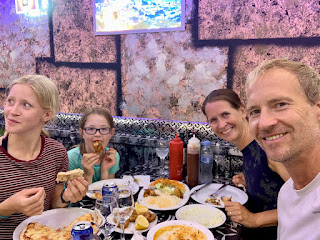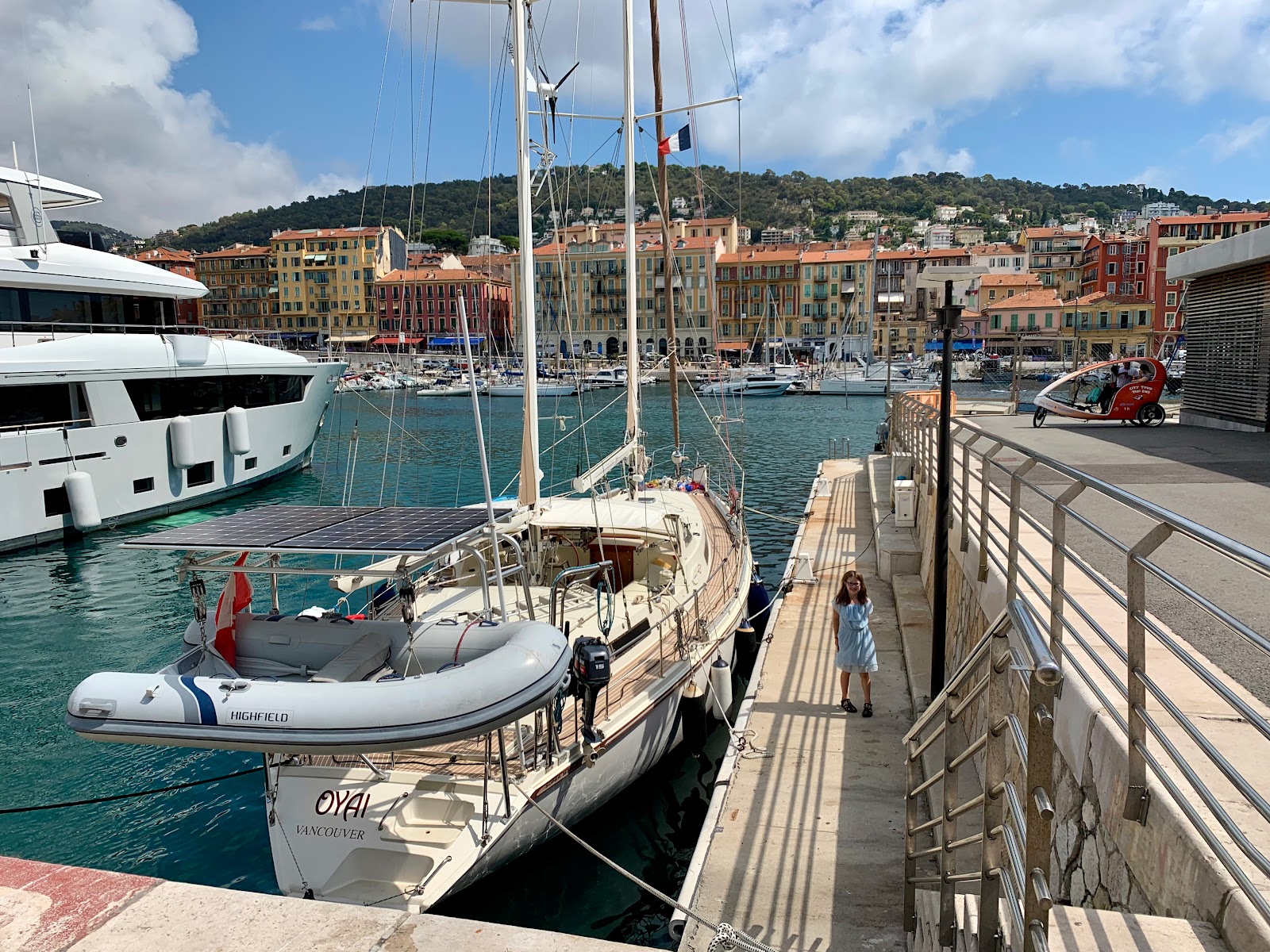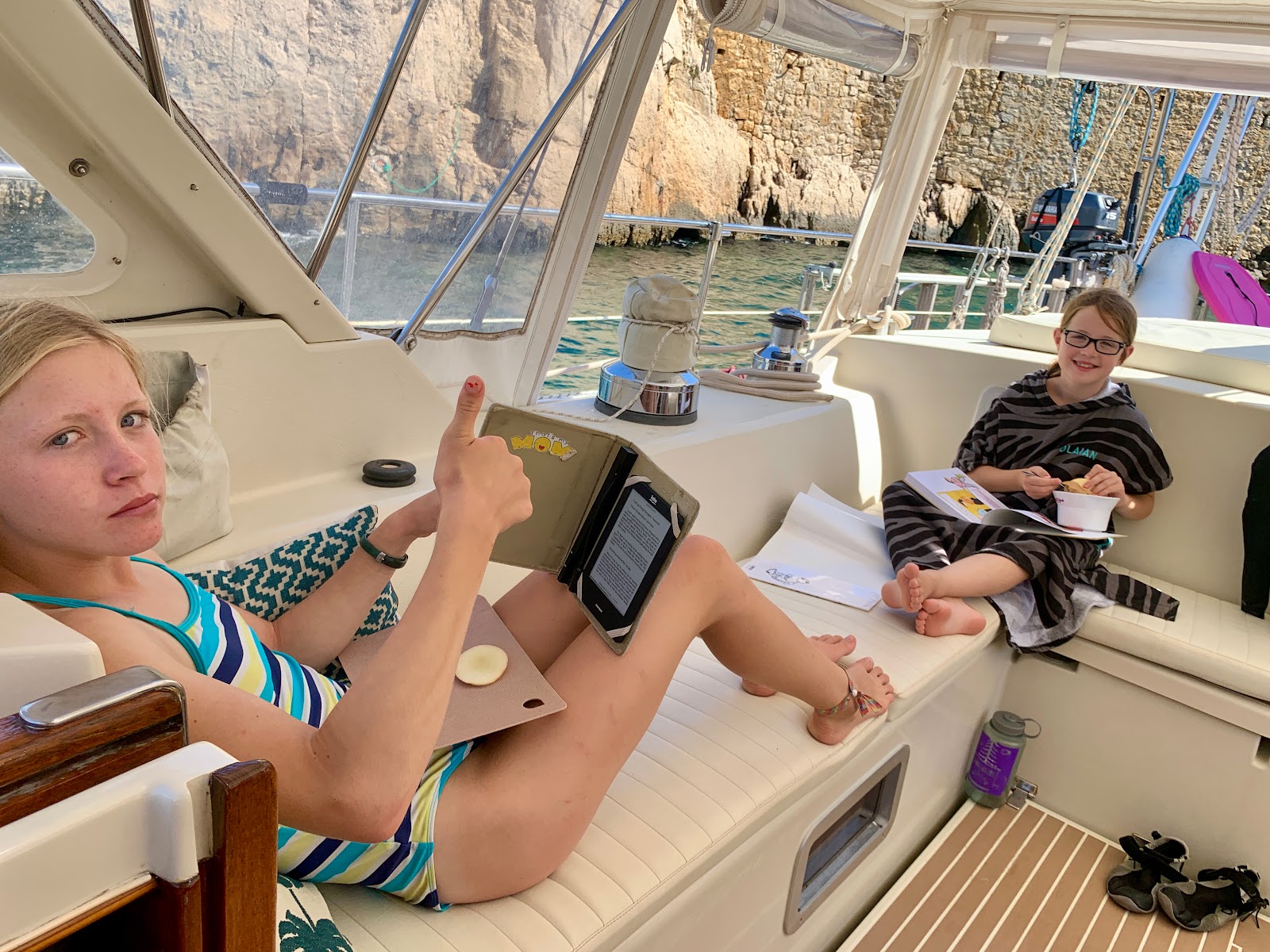The last little while on the boat has begun to feel like life is slowing down a wee bit. Our pace of travel through the Mediterranean was quick because we wanted to see lots of stuff. Now, it's time to take it down a notch and spend a week or two in each place we land. That will give us time to explore, get stuff fixed, and just generally relax. The girls have started distance learning with their teacher in the Comox Valley (thanks Lisa!). They are both really enjoying it, and have been very self-motivated so far. Hopefully that continues!
About 10 days ago, we sailed from Cartegena, Spain and hopped our way westward along the southern Spanish Coast. The summer is drawing to a close here in Europe, and things are much less crowded than they had been in July and August. We had our first anchorage to ourselves a few hours east of Cartagena. There was a short hike to a beautiful lookout which was stunning.
We were visited by numerous pods of dolphins on our way west out of the Med. We hadn't seen any marine mammals for weeks, so this was a real treat.
Our eventual goal was to stay in a lovely family-run marina in Motril and head inland for a few days. Lana had a trip planned to do some climbing in the Italian Dolomites with our friends Dawn and Chris (a separate blog post on that is coming soon - stay tuned!). Stu and the girls made plans to meet up with some new friends in Granada. Steve, Lisa, Farrah and Fletcher have also left the Comox Valley for a year to spend time abroad, and have chosen the beautiful city of Granada to call their home-base. Their family has made a wonderful transition to life in Spain, and are learning Spanish quickly. They were kind enough to tour us around and give us many recommendations of where we should spend our time while in their historic town.
There is a beautiful river hike that we did near Granada called Los Cahorros which winds through a steep ravine peppered with suspension bridges. It had a very different flavour than most of the hikes we do at home. In a good way. The temperature was perfect for a mid-hike swim in one of the many swimming holes along the river.
In Granada, there is an ancient fortressed city called The Alhambra. Its presence dominates the entire city and is staggeringly impressive in both its size and history. Built on the foundations of an ancient Moorish Castle from about 700 AD, the "modern" history of The Alhambra dates back to its construction in the 13th century by the people of the Nasrid Kingdom. These Muslim craftsmen created an unrivalled monument of security and beauty that lasted hundreds of years and withstood many sieges. In 1492, the same year Columbus sailed to the Americas, The Alhambra was handed over to Spain. The King of Spain continued to build on the site of The Alhambra, but kept many of the beautiful buildings created by the Nasrids. Because of its continual use and restoration, the site is very well preserved and is the second most visited historical site in Spain (after the Sagrada Familia in Barcelona).
From Gibraltar, our plans will take us south to Morocco. Tanger will be our first stop just a short hop across the Straight of Gibraltar. This will get us past the wind tunnel of the Straight, and allow us to wait for a suitable weather window to make a break for the Canary Islands. We may stop at one or two other places along the Western Moroccan Coast, but the easiest course may be to stay offshore for 4 days and make landfall in the Canaries. We will keep you posted!







































